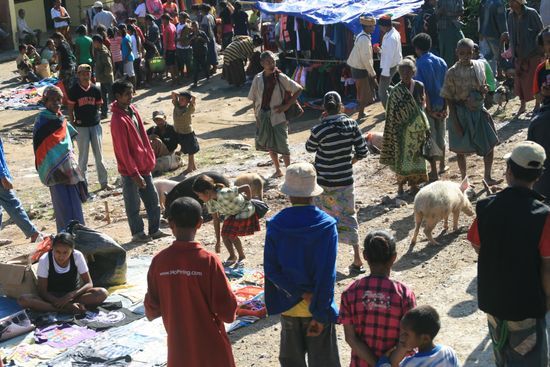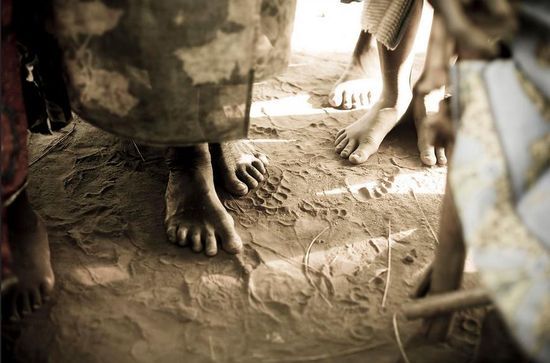Aim of the Joint
IAFSW-MiSAC Competition
To develop an understanding among teenagers of the impact of neglected tropical diseases (NTDs) on global health,
and how climate change may impact their distribution around the world.
Sand fly: vector that transmits the parasite
Trypanosoma brucei
Freshwater snail: vector that transmits
Mycobacterium leprae : bacteria (red)
Vampire bat: a vector that transmits
Triatoma pallidipennis


Background
NEGLECTED TROPICAL
DISEASES AND
CLIMATE CHANGE
NTDs have not been widely studied, though they affect over
1.7 billion people on our planet. They are usually found in tropical areas, particularly in the southern hemisphere. They largely affect impoverished communities, often in remote areas. Poor water quality, sanitation, hygiene and healthcare in these areas heighten their impact. Twenty conditions have been designated NTDs, and most are caused by a parasitic, bacterial, viral or fungal pathogen.
Many are spread by various animals, that act as vectors , while others pass directly between infected people.
NTDs cause serious illnesses, damaging patients’ attendance at school or work, and may be fatal. Some also cause disfigurement, often resulting in social stigma and isolation. In addition, some NTDs also affect animals, which can harm farming practices. Both wild and domestic animals can act as reservoirs of infection (eg, game animals for sleeping sickness) or directly transmit the infection to humans (eg, dogs spread rabies). The economic impact of NTDs is huge; in affected areas, they trap vulnerable
populations in cycles of poverty, costing developing countries billions of pounds each year.
NTDs are preventable and treatable but affected communities often lack the resources to tackle them well. In general, effective vaccines against NTDs are not yet available. Treatment options are limited, may have significant side effects, or are met with pathogen resistance. In 2020, the World Health Organisation published a roadmap to control, prevent or eliminate the NTDs by 2030 and progress is being made.
However, climate change may make this more difficult. Rising temperatures and changes in rainfall patterns may alter vector habitats, allowing them to expand into new areas. Warmer winters may allow arthropod vectors to survive longer. Extreme weather events also displace people, resulting in overcrowding within temporary shelters. These can increase the spread of NTDs and may bring people and vectors closer together, helping the transmission of NTDs. Extreme weather can also disrupt healthcare, housing, sanitation and food security, and the changing climate increases poverty, malnutrition and poor health,
worsening the effects of NTDs.